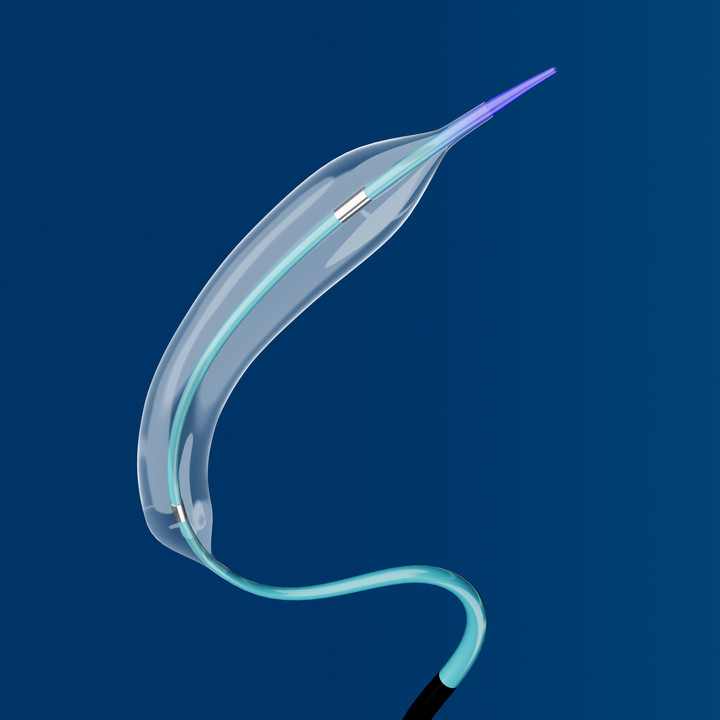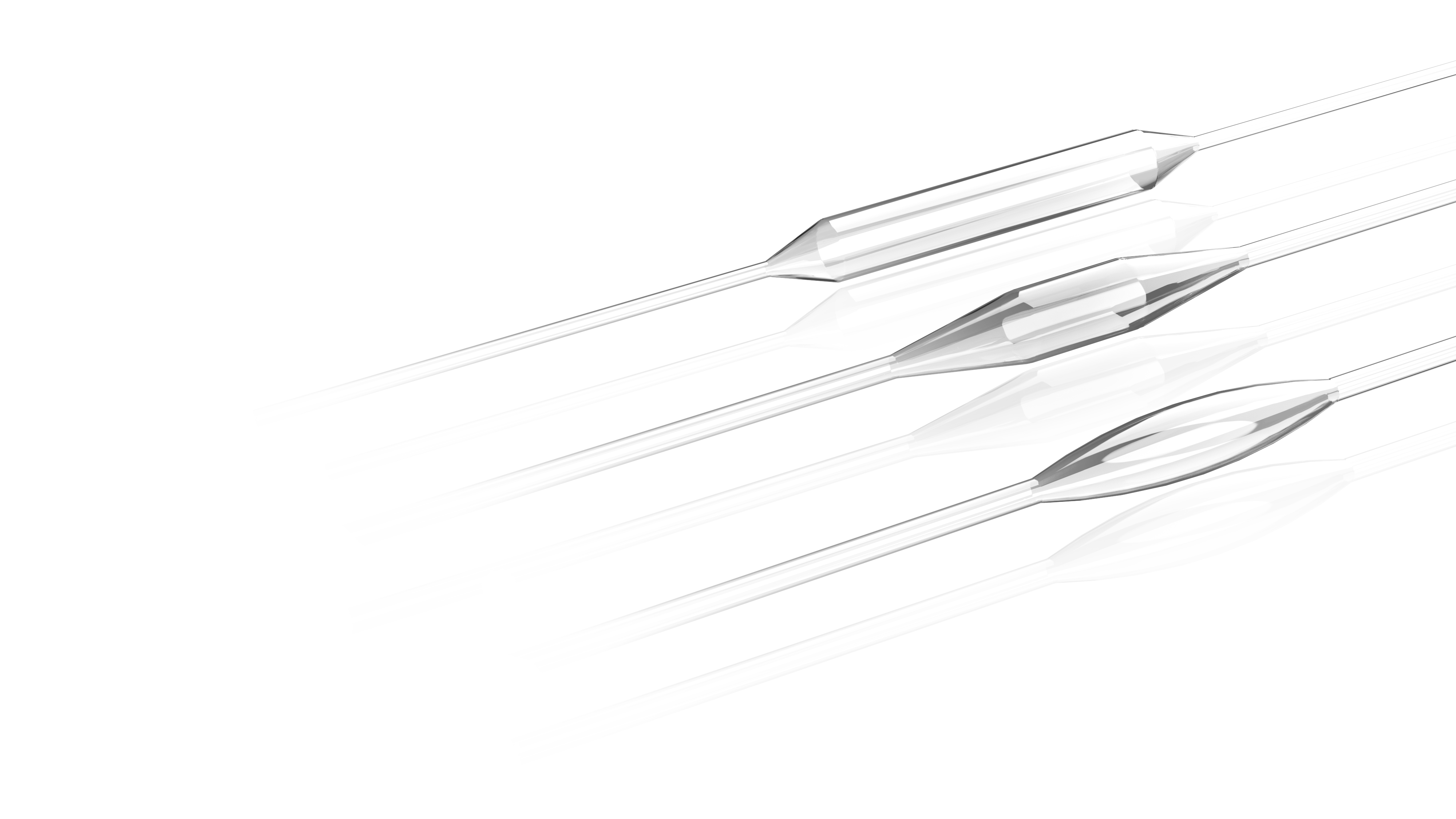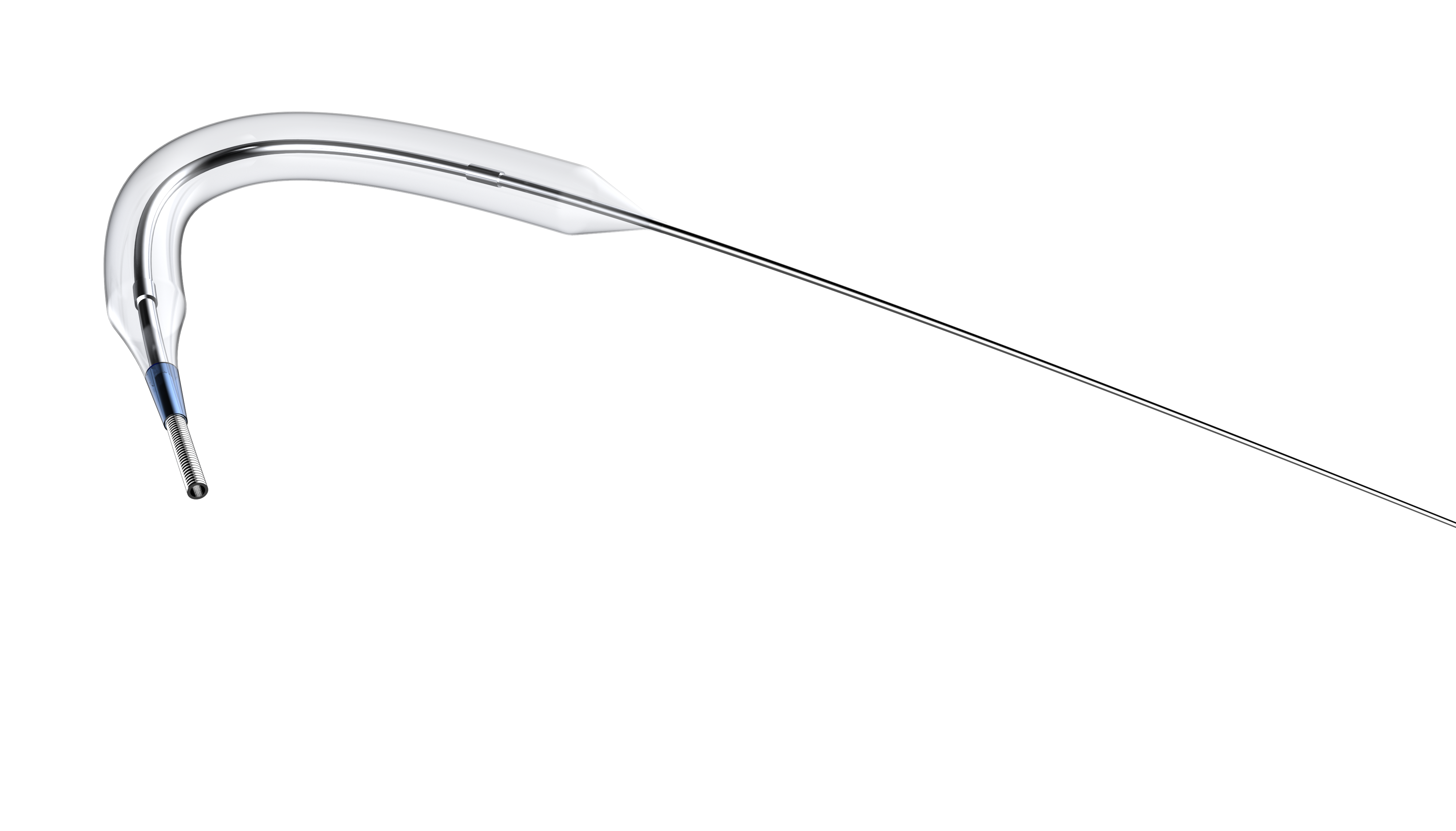How PTCA Balloon Catheters Are Manufactured Step by Step

PTCA balloon catheters are important tools used in angioplasty. They help open blocked arteries and improve blood flow. These devices are carefully made through ptca balloon catheter manufacturing processes to ensure they are safe and work well. Their special materials and design give them great flexibility and control, making them very useful for heart treatments.
How balloon catheters are made affects how well they work. New ideas like drug coatings and special shapes help them move through tricky blood vessels. These improvements make treatments safer and give doctors more choices. AccuPath excels in ptca balloon catheter manufacturing, producing high-quality balloon catheters to fit different medical needs.
Key Takeaways
PTCA balloon catheters help unblock arteries and improve blood flow.
Materials like soft plastics and strong metals make them safe to use.
Special methods, like blow molding, shape balloons for better results.
Quality checks are done at every step to ensure safety.
AccuPath lets doctors customize catheters for different medical needs.
Materials Used in PTCA Balloon Catheter Manufacturing

The materials in balloon catheters are very important. They are chosen to ensure flexibility, strength, and safety. These qualities are needed for medical procedures to work well.
Polymers for Balloon Catheters
Polymers are the main part of balloon catheters. Materials like Pebax70D, Pebax72D, and PA12 are often used. These materials are flexible and strong. They help the catheter move through tricky blood vessels. They also handle high pressures during procedures.
A study on PA12 shows its special features. It is semi-compliant and viscoelastic. This means it keeps its shape under normal pressure. It also adjusts to higher pressures without breaking. PA12 is a great choice for balloon catheters because of this.
Different materials are used for different tasks. Pebax70D is more flexible and good for pre-dilation. Pebax72D is stiffer and better for delivering stents. AccuPath lets you customize these materials for your needs.
Metals in Catheter Shafts
Metals like stainless steel and nitinol are used in shafts. Stainless steel is strong and keeps the catheter steady during use. Nitinol can return to its shape after bending. These metals make the catheter work well in tough situations.
Coatings and Additives
Coatings and additives make balloon catheters work better. Hydrophilic coatings make them slippery, so they slide in and out easily. This reduces pain for patients. These coatings also stop blood clots from forming, keeping the catheter safe.
Additives improve how the catheter works. They make it more flexible and durable. They also help it meet strict medical standards. AccuPath uses these coatings and additives to make high-quality catheters for your needs.
Step-by-Step Manufacturing Process

Making the Catheter Shaft
The process starts by melting plastic to make tubes. The melted plastic is pushed through a mold to form a hollow tube. This tube becomes the main part of the catheter.
The tube must be made very precisely. It needs to have the same size all over. This helps it move smoothly during heart procedures. Special machines help make these tubes with little error, making them reliable for doctors.
Shaping the Balloon
Making the balloon is a special step. Two main methods are used: blow molding and injection molding. Blow molding inflates heated plastic inside a mold to shape it. This method helps create the balloon's size and shape. Injection molding gives more control over the balloon's material and size.
Blow molding allows creative designs for different balloon sizes.
It uses less material, which saves costs and resources.
This method is great for making hollow plastic parts like balloons.
These methods make sure the balloons work well for tricky heart procedures. AccuPath uses these techniques to make strong and reliable balloons for medical use.
Putting It All Together
After making the tube and balloon, they are joined. The balloon is carefully attached to the tube to keep it secure. This step is important to make sure the device works during heart treatments.
Next, the guidewire and inflation tube are added. The guidewire helps steer the catheter, and the inflation tube helps the balloon expand. Together, these parts make a working catheter for heart procedures.
AccuPath ensures every step is done with care and precision. They use advanced methods to make safe and high-quality catheters for doctors and patients.
Sterilization and Packaging
Ethylene oxide sterilization methods
Sterilization is very important for making safe medical tools. Ethylene oxide (EO) sterilization is a common and effective method. This process uses ethylene oxide gas in a controlled space. The gas kills germs without harming the catheter's materials or function.
EO sterilization works well for fragile medical devices. It keeps the catheter safe to use and working properly. The process has three main steps: pre-conditioning, sterilization, and aeration. Pre-conditioning sets the right temperature and humidity. During sterilization, the gas kills bacteria and other germs. Aeration removes leftover gas, making the catheter safe for patients.
AccuPath focuses on safety and quality in its process. Using advanced EO sterilization, they make sure their catheters meet top safety standards.
Packaging for sterility and transport
Good packaging keeps the catheter sterile and ready for use. After sterilization, the catheter is sealed in special packaging to stop contamination. These packages often have layers, like a sterile barrier and an outer cover, for extra protection.
Packaging also helps during shipping. It keeps the catheter safe while being moved or handled. Labels on the package give important details, like product info and sterilization steps. This helps doctors use the device with confidence.
AccuPath ensures high-quality packaging for its products. They offer custom designs to meet different needs. Whether you need special packaging or extra labels, AccuPath's services provide solutions for your medical tools.
Quality Control in Balloon Catheter Manufacturing
Quality control makes sure balloon catheters are safe and work well. Every step is checked carefully to ensure they perform during angioplasty.
Checking Raw Materials
The first step is testing the raw materials. Polymers and metals must meet strict rules. Polymers like Pebax70D and PA12 are tested for strength and flexibility. Metals such as stainless steel and nitinol are checked for durability and safety. These tests make sure the materials can handle tough procedures without failing.
Tip: Good materials make strong and reliable catheters. AccuPath always tests materials to create top-quality products.
Testing During Manufacturing
While making catheters, tests are done to ensure accuracy. Size checks confirm the shaft and balloon are the right dimensions. This helps them move smoothly in blood vessels. Pressure tests check if the balloon can expand without breaking. These tests prove the catheter works well in hard situations.
AccuPath uses advanced tools for these tests. This reduces mistakes and keeps quality consistent in every catheter.
Final Checks Before Use
Before being used, each catheter gets a final check. Tests ensure the materials are safe for the body. Certifications show the catheter meets global medical standards. These steps make sure the catheter is ready for angioplasty.
AccuPath’s focus on quality shows its care for patient safety. By choosing AccuPath, you get catheters that are dependable and high-performing.
Implications of the Manufacturing Process
Impact on Durability and Longevity
How materials and techniques ensure reliability
Balloon catheters last longer due to strong materials and methods. Processes like extrusion and blow molding shape the plastic for balloons. These steps add heat and pressure, which change the material's strength and flexibility. Controlling these changes helps the catheter handle repeated use during procedures.
The way plastic molecules line up and harden is very important. Too much stress makes the material weak. Too little stress can cause the catheter to fail. By fine-tuning these steps, companies like AccuPath make catheters that work well in tough surgeries. This focus on strength helps the device last longer and perform better in medical use.
Precision and Performance in Angioplasty
Importance of accurate dimensions for clinical success
Making balloons the right size is very important. Correct sizes help the catheter move through tight blood vessels easily. AccuPath’s balloon designs show this precision. They allow smooth entry and movement, which is needed for treating blocked arteries.
Manufacturing must keep the size and shape consistent. Careful checks during production ensure quality at every step. Special models test how changes in the process affect the balloon’s performance. These checks make sure the balloon works well, keeping patients safe and improving treatment success.
Evidence Description | Impact on Clinical Success and Device Performance |
|---|---|
Successful Process Characterization | Ensures performance and quality achieved at intermediate steps, impacting overall drug substance specifications. |
Integrated Process Models | Allows for assessment of how individual process parameters (PPs) affect critical quality attributes (CQAs). |
Holistic Control Strategy | Balances rigidity in control while providing flexibility in manufacturing, directly influencing clinical outcomes. |
Biocompatibility and Patient Safety
Ensuring safety through rigorous testing and compliance
Balloon catheters must be safe for the human body. Tests check that the materials meet strict medical rules. For example, Pebax70D and PA12 are tested for flexibility, while metals like stainless steel and nitinol are checked for strength and safety.
Final tests confirm the catheter is safe and works well. Certifications prove it meets global medical standards. AccuPath focuses on safety by using advanced testing methods. Choosing AccuPath means getting catheters that are safe, strong, and carefully made for medical use.
Making balloon catheters needs careful steps and checks. It starts with picking the right materials and ends with quality tests. Steps like shaping the balloon and putting parts together make sure it works well during angioplasty. Smart tools, like machines and charts, find small mistakes. This keeps the catheters high-quality and reliable.
AccuPath uses new ideas, like strong materials and special coatings. These make the catheters last longer and work better. They also keep patients safer. AccuPath follows strict rules and uses precise methods to make catheters for different medical needs. Choosing AccuPath means getting the best tools for heart treatments.
Note: More heart problems and better technology mean more catheters are needed. AccuPath works hard to make safe and smart solutions for these needs.
FAQ
What does a PTCA balloon catheter do?
A PTCA balloon catheter opens blocked arteries during heart surgery. It uses a small balloon to improve blood flow. This tool is important for treating heart diseases like clogged arteries.
Why are materials important in making catheters?
Materials affect how strong, safe, and flexible a catheter is. Strong plastics and safe metals help it work well under pressure. AccuPath uses top materials to meet different medical needs.
How does AccuPath make sure catheters are high quality?
AccuPath checks materials and tests during every step of making. These checks ensure the catheter meets safety rules. Their careful process makes their tools dependable for heart treatments.
Can AccuPath make custom balloon catheters?
Yes, AccuPath can change balloon sizes and materials as needed. This helps doctors pick the right tool for each heart surgery. Their custom services give solutions for medical needs.
Why is cleaning catheters so important?
Cleaning makes sure the catheter is safe to use in surgery. AccuPath uses special gas to kill germs without harming the tool. This keeps the catheter clean and safe for patients.
See Also
Comprehensive Process for Manufacturing Microcatheters Effectively
Essential Steps for Selecting the Perfect PKP Balloon Catheter
Latest Innovations in Etched PTFE for Catheter Production
Understanding Integrated Solutions for Balloon and Catheter OEM

